They didn’t just disappear—they were erased. Once, these flowers filled front yards, roadside ditches, and old family gardens. They were passed down in coffee cans and tucked into birthday bouquets. Now? You’d need a time machine to find some of them. Blame development. Blame trends. Blame big-box garden centers that favor fast-growing imports. Whatever the reason, these American classics are vanishing right under our noses. And it’s a tragedy. Because these blooms weren’t just beautiful—they had grit. They survived storms, kids, and hungry deer. They carried stories. If you’ve ever caught yourself missing your grandmother’s garden, or wondered what happened to the flowers in old postcards and black-and-white photos— this one’s for you. Let’s bring them back. Before they’re gone for good.
Southern Wild Senna

Once flourishing in the southern United States, the Southern Wild Senna is known for its radiant yellow blossoms. These flowers once thrived in open woodlands, providing a stunning display during the summer months. Today, they are a rare sight, often found only in the most untouched natural reserves.
The Southern Wild Senna’s beauty extends beyond its appearance, as it plays a crucial role in supporting local ecosystems. Birds and insects find nourishment in its blooms.
Its rarity today is a reminder of habitat loss and the delicate balance of nature. Conservation efforts are vital to preserving such species.
Prairie Smoke
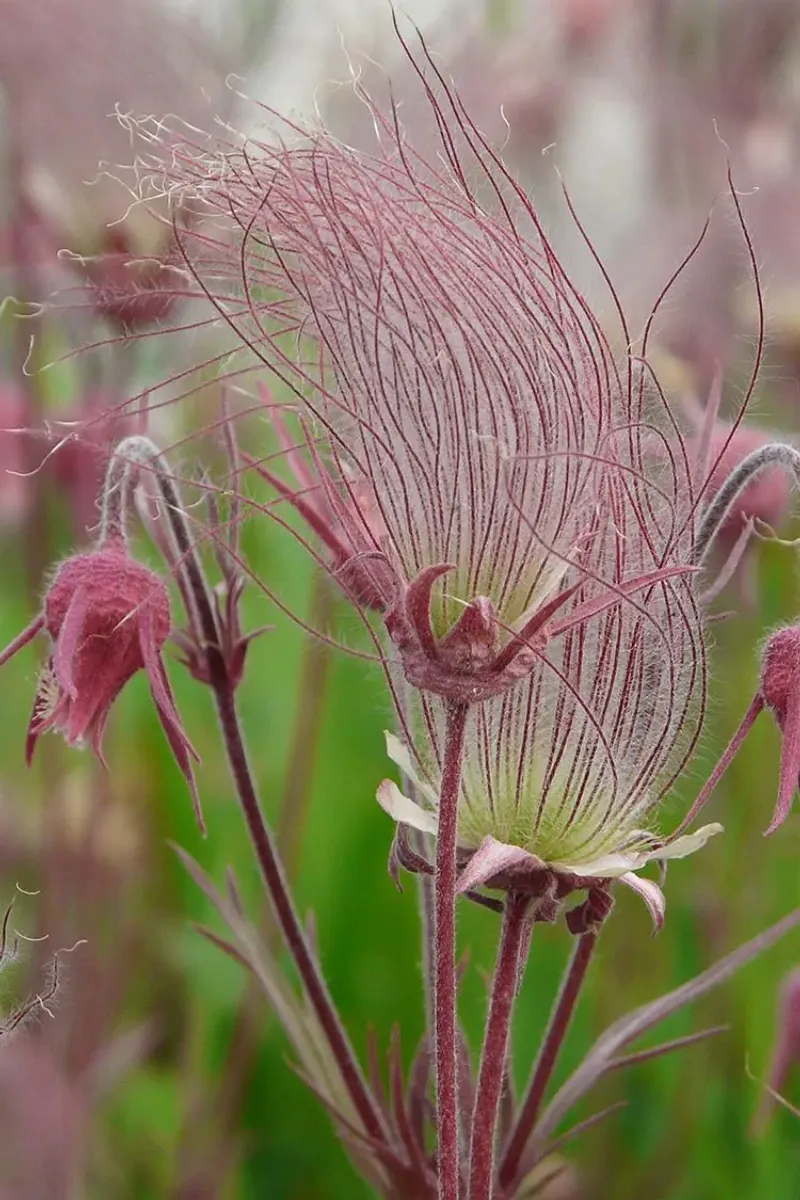
Prairie Smoke, with its whimsical pink plumes, once danced across the prairies of the Midwest. This enchanting flower gives the illusion of a smoky haze when in full bloom, a sight that would mesmerize any passerby. Today, its presence has dwindled, making sightings a rare delight.
Its unique appearance is not just for show; it serves as a food source for pollinators, maintaining the health of the prairie ecosystem.
The decline of Prairie Smoke serves as a poignant reminder of the importance of conserving natural habitats to preserve such captivating species.
Fringed Gentian
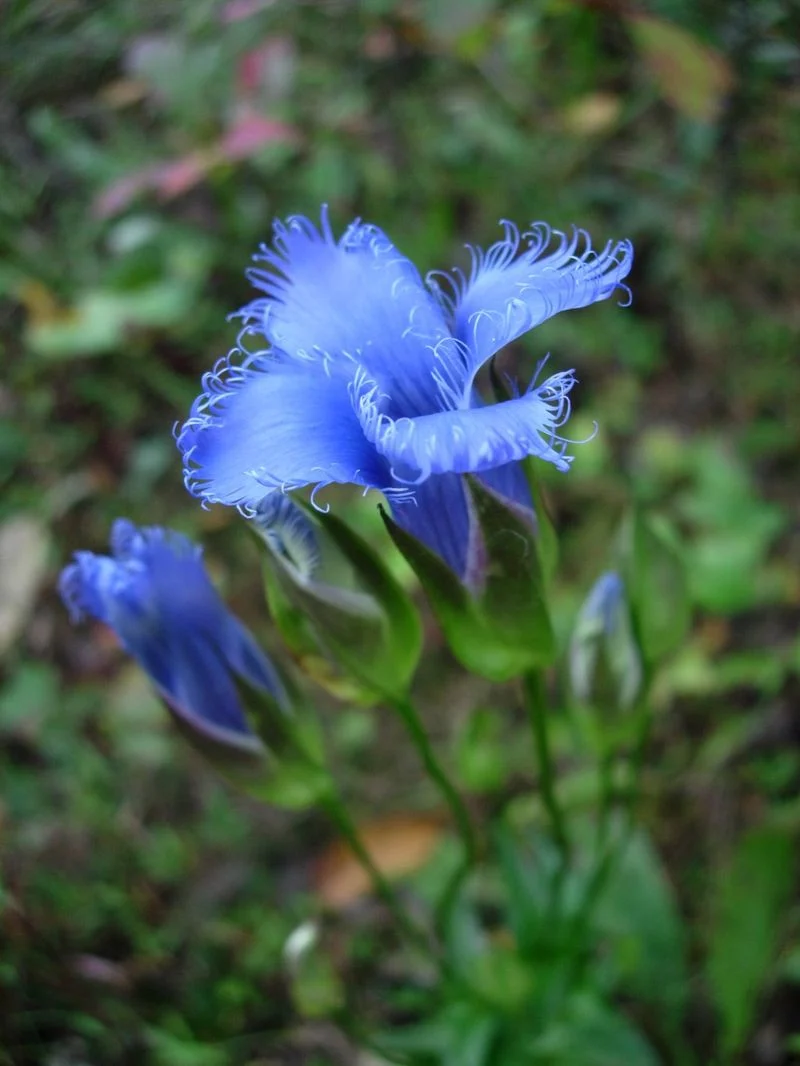
The Fringed Gentian, with its striking blue blooms, has long captivated those lucky enough to find it in the meadows of New England. Its fringed petals appear almost delicate, yet they are resilient against harsh weather. Sadly, this flower’s brilliance is fading from our landscapes.
Historically, the Fringed Gentian symbolized hope and resilience, often featured in poetry and art. Its disappearance is a loss to both nature and culture.
Efforts to protect its habitat are ongoing, aiming to bring back the vivid splash of blue that once graced our fields.
Twinleaf

In the shaded forests of Appalachia, the Twinleaf reveals its charm. This delicate flower, named for its paired leaves, showcases pure white blooms that capture the essence of early spring. Its fleeting nature adds to its allure, with flowers lasting only a short while.
The Twinleaf holds cultural significance among indigenous communities, often used in traditional medicine. Its decline is attributed to habitat destruction and overharvesting.
Conservationists strive to restore its presence, ensuring that the Twinleaf continues to be a symbol of renewal and tradition in its native lands.
American Chaffseed
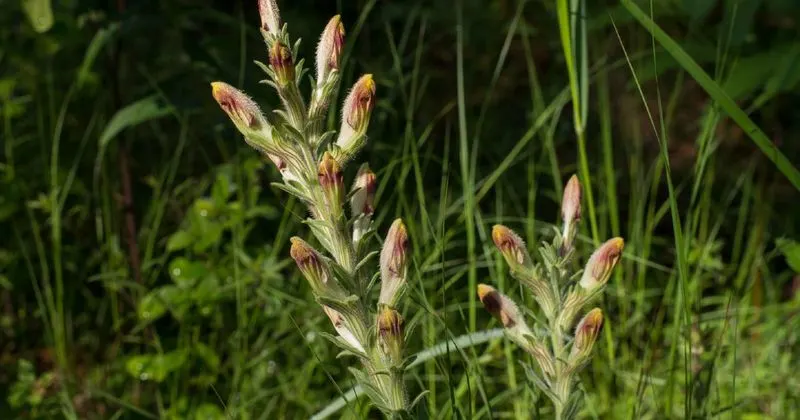
The American Chaffseed, with its delicate purple flowers, once adorned the pine savannas of the eastern United States. This federally endangered plant is now a symbol of botanical conservation challenges.
Its unique life cycle, relying on fire to thrive, has made it vulnerable to changes in land management and fire suppression practices. Despite its rarity, it plays a crucial role in its ecosystem, providing habitat for various insects.
Efforts are underway to reintroduce controlled burns, aiming to revive this once-common sight in American flora.
Rocky Mountain Bee Plant

The Rocky Mountain Bee Plant, known for its vibrant pink blossoms, once carpeted the meadows of Colorado and beyond. Its popularity among bees earned it a special place in both the ecosystem and the hearts of botanists.
This native flower is more than just a pretty face; it supports a variety of pollinators, making it essential for maintaining local biodiversity. Sadly, its numbers have dwindled due to habitat loss and competition from invasive species.
Restoration efforts focus on re-establishing its presence, ensuring that bees once again have a thriving floral buffet.
Yellow Lady’s Slipper

The Yellow Lady’s Slipper, a stunning orchid, was once a common sight in forests and meadows. Its bright yellow petals and unique shape mimic a delicate slipper, captivating anyone who encounters it.
This orchid holds a special place in folklore, often associated with fairy tales and mystical creatures. Unfortunately, overharvesting and habitat destruction have drastically reduced its populations.
Conservationists are working to protect its remaining habitats, hoping to see the Yellow Lady’s Slipper thrive once more and continue enchanting future generations.
Fire Pink
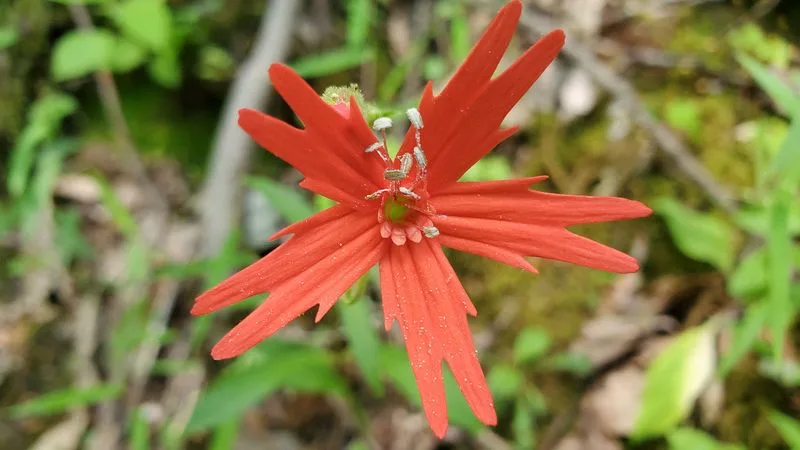
Fire Pink, with its fiery red petals, stands out as a beacon of color in the woodland understory. This native wildflower once flourished across the eastern United States, attracting hummingbirds with its vivid hue.
Though it was once widespread, habitat fragmentation and land development have led to its decline. Its bold presence is now a rare encounter for nature enthusiasts.
Efforts to restore its habitat focus on reconnecting fragmented woodlands, allowing Fire Pink to once again paint the forest floor with its striking color.
Blue Wild Indigo
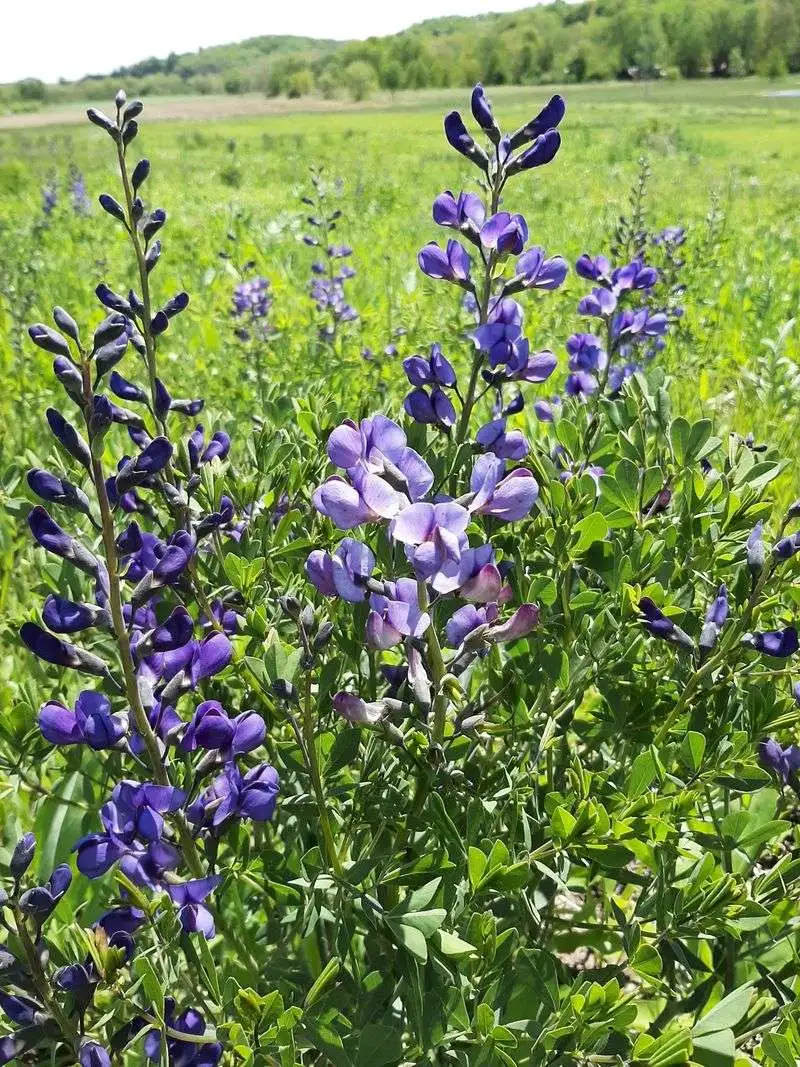
Blue Wild Indigo, with its rich indigo flowers, once added a splash of color to prairies and open grasslands. This perennial plant is as tough as it is beautiful, with deep roots that stabilize soil and support prairie ecosystems.
Once used as a dye by early settlers, Blue Wild Indigo holds both historical and ecological value. Sadly, modern agricultural practices have reduced its natural habitats.
Conservation programs are actively working to reintroduce Blue Wild Indigo to restored prairies, ensuring this plant continues to contribute to the biodiversity of its native landscapes.
Virginia Bluebells
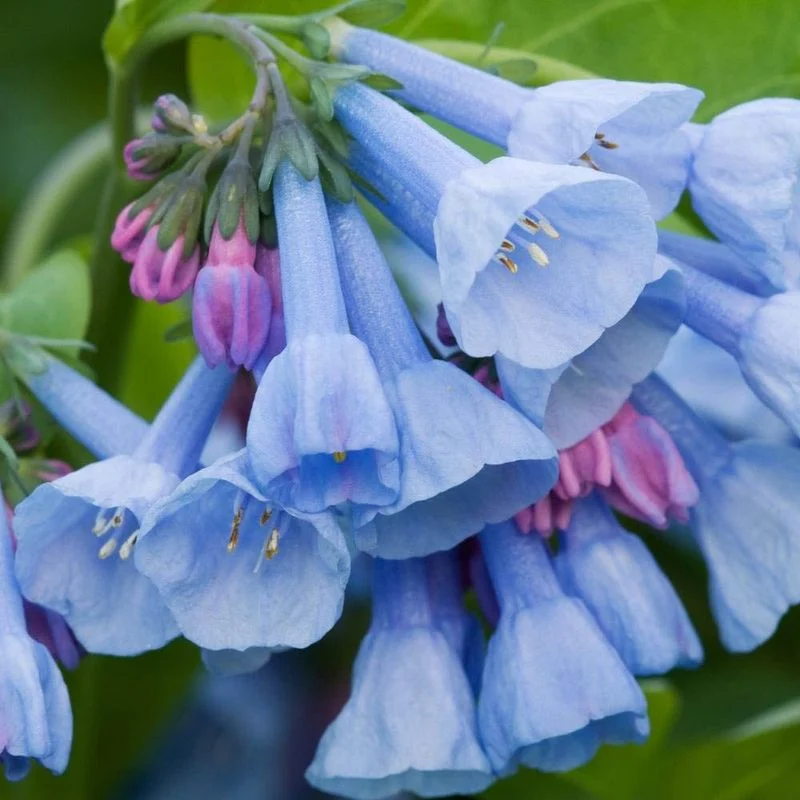
Virginia Bluebells, with their soft blue flowers, herald the arrival of spring in woodland areas. These charming blooms create a sea of blue, enchanting all who wander through the woods.
Their ephemeral nature adds to their magic, as they bloom briefly before the leaf canopy closes. However, deforestation and urbanization have threatened their existence.
Conservation efforts focus on protecting existing woodland habitats and encouraging the planting of Virginia Bluebells in gardens, allowing these lovely flowers to continue welcoming spring with their gentle beauty.
Wild Columbine

Wild Columbine, with its intricate red and yellow flowers, gracefully adorns rocky outcrops and shaded mountain hollows. This delightful flower provides nectar for hummingbirds, making it a vital component of the ecosystem.
Its charming appearance and adaptability have made it a favorite among gardeners, but wild populations have suffered due to habitat loss and overcollection.
Conservationists advocate for responsible gardening practices and habitat preservation to ensure the Wild Columbine continues to enchant both wildlife and people alike.
Spotted Coralroot

The Spotted Coralroot, an elusive orchid, weaves mystery with its speckled petals in shadowy forests. Unlike most plants, it lacks chlorophyll, drawing nutrients from decaying organic matter instead.
This fascinating adaptation allows it to thrive in low-light conditions, but also makes it highly susceptible to changes in its environment. Deforestation and climate change have pushed this unique species to the brink.
Conservation efforts aim to protect the delicate balance of its habitat, preserving the Spotted Coralroot’s enigmatic presence in our woodlands.
Pink Lady’s Tresses
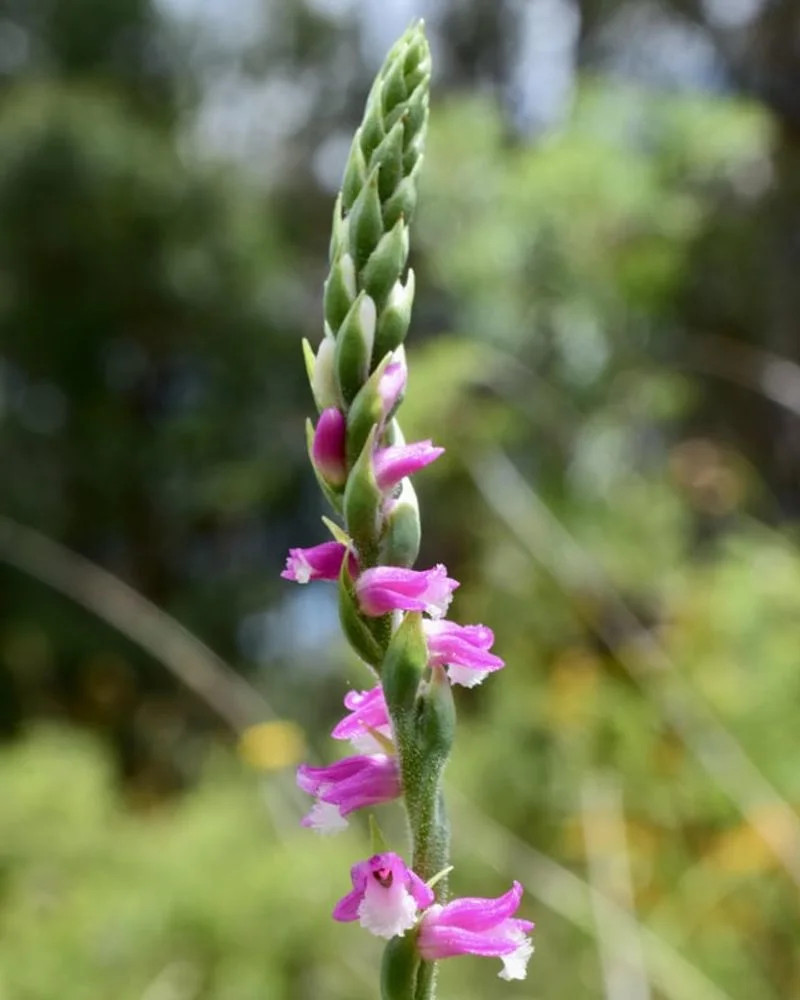
Pink Lady’s Tresses, with its spiraling pink flowers, mesmerizes with an intricate dance of beauty. This native orchid was once a frequent spectacle in meadows and open fields.
Its enchanting blooms not only attract pollinators but also hold cultural significance, often celebrated in regional folklore. Sadly, changes in land use have led to its scarcity.
Efforts to protect its remaining meadow habitats and restore degraded lands are crucial, ensuring that Pink Lady’s Tresses remain a cherished part of our floral heritage.
Showy Lady’s Slipper
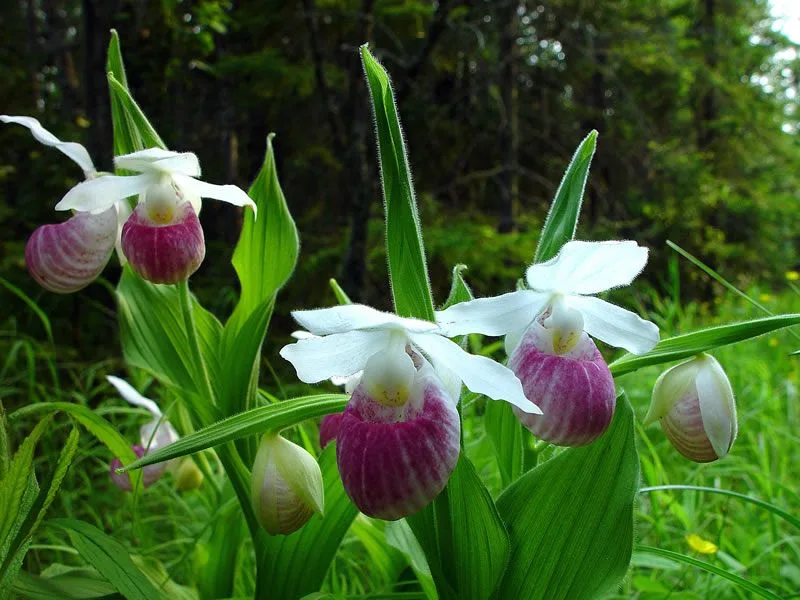
The Showy Lady’s Slipper stands as a testament to nature’s artistry, with striking white and pink petals. Found in moist bogs, it captures the imagination with its elegant form and vibrant colors.
Though once abundant, its specialized habitat requirements and overharvesting have led to a decline in its numbers. This orchid is now a focal point for conservation efforts aimed at protecting bog ecosystems.
Restoring these critical habitats is essential, allowing the Showy Lady’s Slipper to continue enchanting those fortunate enough to witness its beauty.
Rattlesnake Master

Rattlesnake Master, with its spiky blue-green leaves and round white flowers, presents a unique and striking appearance. This prairie native once thrived in the open grasslands, providing a haven for insects and small animals.
Historically, it was believed to repel rattlesnakes and was used by indigenous peoples for various medicinal purposes. Modern agriculture and land development have greatly reduced its range.
Efforts to reintroduce it to prairies are underway, ensuring that Rattlesnake Master continues to intrigue and support biodiversity in its native habitat.

